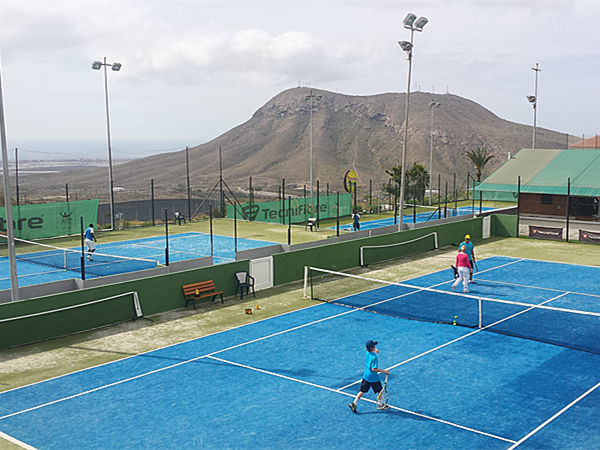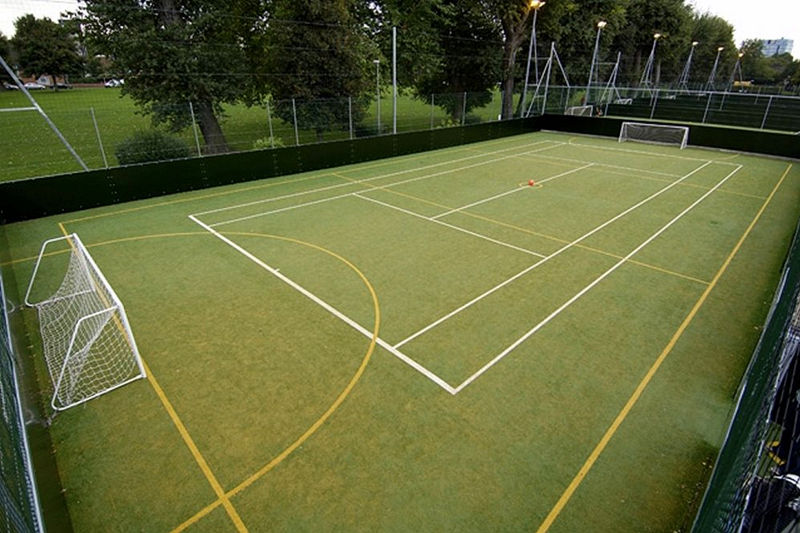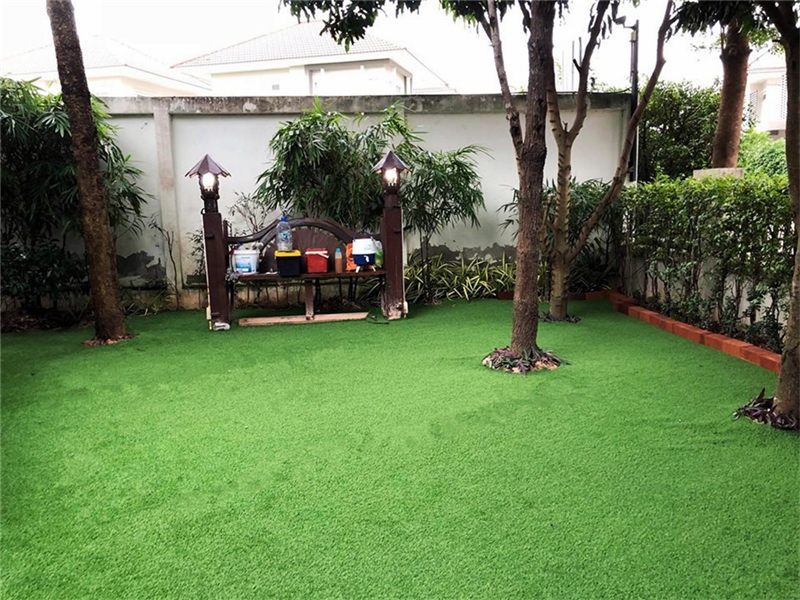Using synthetic grass as a surface for your garden can be a convenient and cost-effective option. It requires less maintenance and is particularly suitable for individuals with busy schedules. In this article, we will explore the advantages and disadvantages of using synthetic grass in your garden, ensuring adherence to Google SEO rules while providing accurate and comprehensive information.
Table of Contents
Advantages of Garden Synthetic Grass:
Low Maintenance:
Garden synthetic grass is easy to maintain, eliminating the need for regular mowing. Instead, occasional blowing of fallen leaves is sufficient to keep it looking tidy. This saves time and effort compared to natural grass.
Prevention of Water Logging:
One of the significant benefits of synthetic grass in gardens is its ability to prevent water logging. Unlike natural grass, which can become muddy and waterlogged after rainfall, synthetic grass remains unaffected. This means your children can enjoy the garden without waiting for it to dry out, and you won’t have to worry about muddy footprints in your home.
Consistent Green Appearance:
While natural grass can lose its vibrant green color in certain seasons or under adverse weather conditions, synthetic grass maintains its lush green appearance all year round. Regardless of the season or environmental factors, your garden will always look inviting and beautiful.
Environmental Friendliness:
Garden synthetic grass is environmentally friendly. It eliminates the need for watering, reducing water consumption, and helps conserve this valuable resource. Additionally, it eliminates the need for pesticides and fertilizers, promoting a healthier and more sustainable environment.
Disadvantages of Garden Synthetic Grass:
Artificial Feel:
Despite the advancements in technology, synthetic grass will always have a different feel compared to natural grass. While it closely resembles real grass, it may lack the exact touch and feel that some individuals prefer.
Misconceptions about Realism:
Some people may still hold misconceptions about synthetic grass, believing that it looks noticeably artificial. However, modern technology ensures that the appearance and texture of synthetic grass closely resemble real grass, making it difficult to distinguish between the two.
Maintenance Requirements:
Although synthetic grass significantly reduces maintenance compared to natural grass, it still requires some care. Regular sweeping to remove dust and debris is necessary, and any potential health hazards such as pet waste or spills should be promptly cleaned. However, these tasks can be easily accomplished with a hose or broom.
Conclusion:
While synthetic grass for gardens has its advantages and disadvantages, considering the maintenance, fertilizers, and pesticides required for natural grass, the drawbacks of synthetic grass can be easily overlooked. The technology behind synthetic grass continues to improve, resulting in more lifelike and realistic options. As a result, the popularity of using synthetic grass for gardens is steadily increasing. By making an informed decision based on your specific needs and preferences, you can create a low-maintenance and visually appealing garden space.




